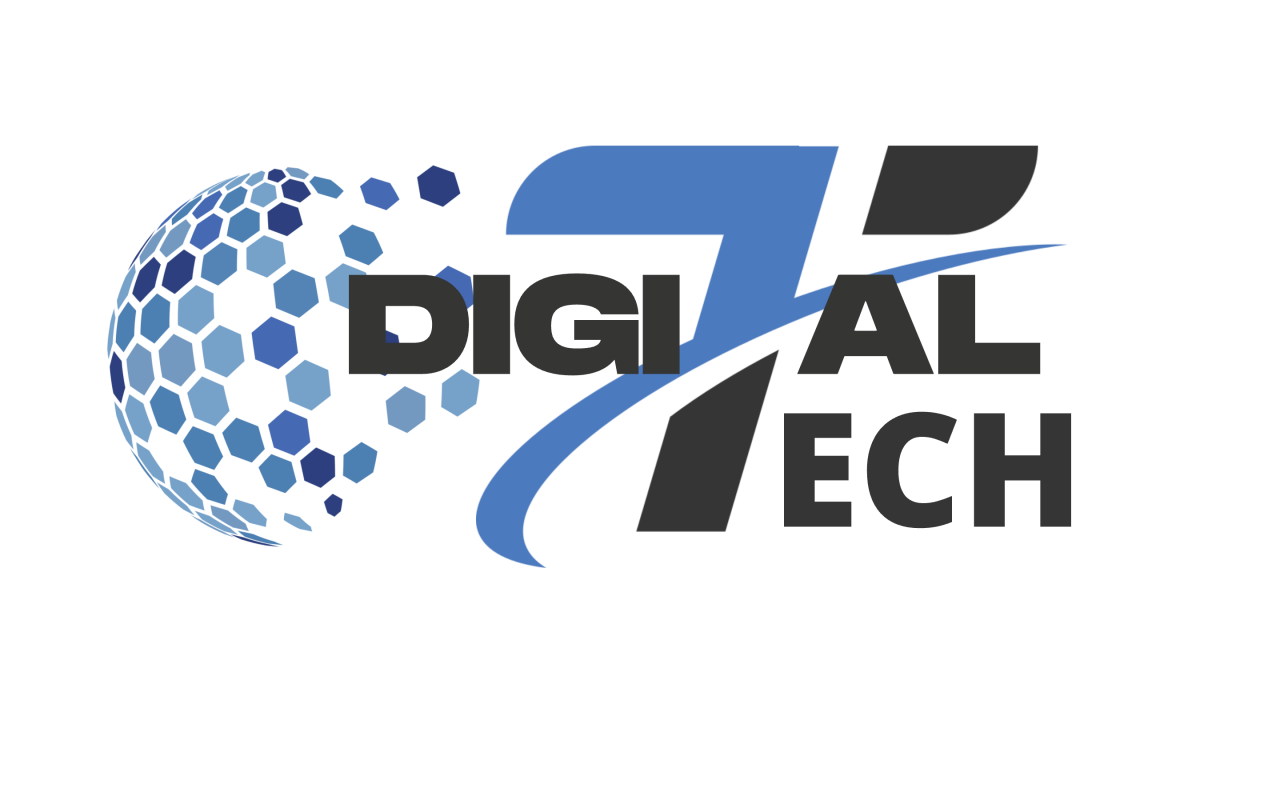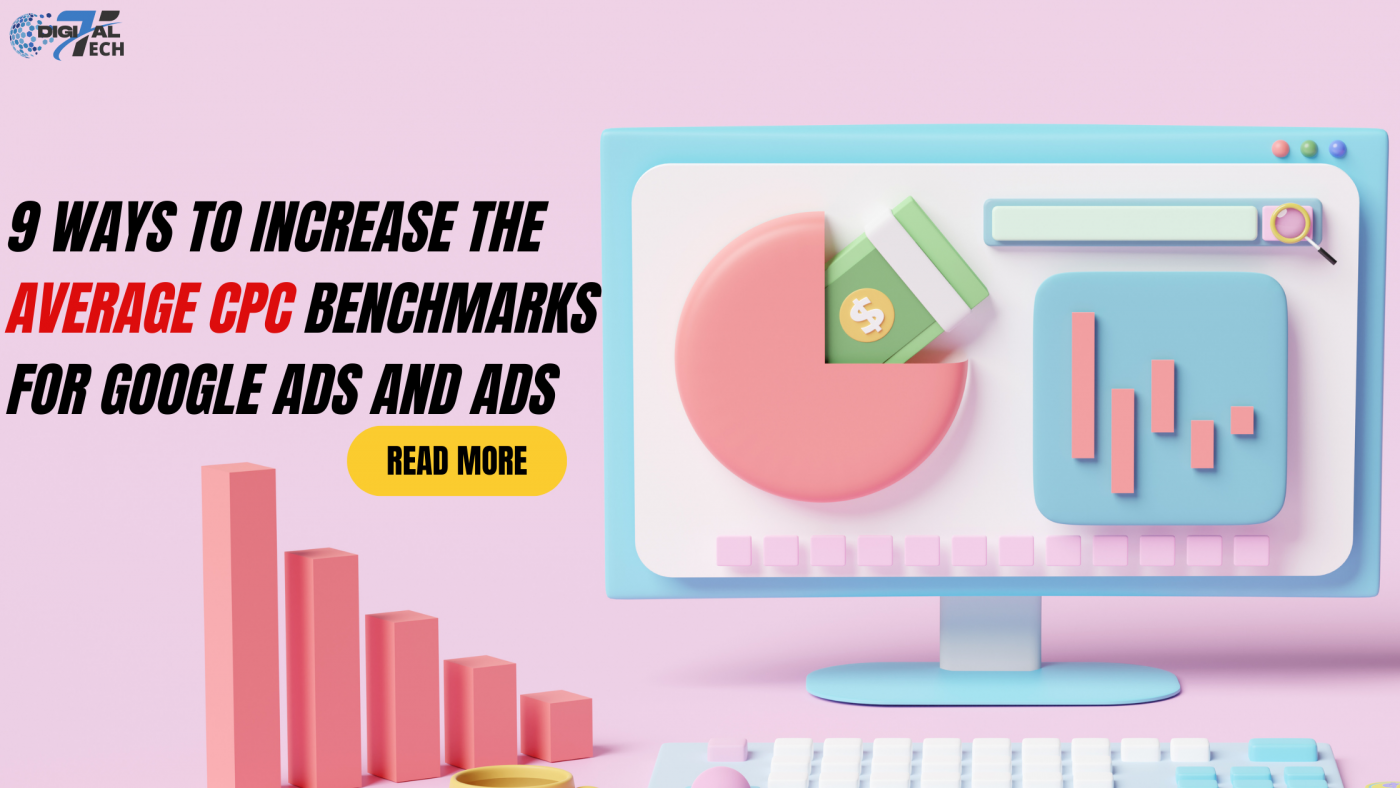Average Cost Per Click One important indicator that affects how effectively online advertising campaigns perform is Google Ads. The cost-per-click ratio affects not just your budget but also the performance of your advertising campaign. Understanding and optimizing average CPC becomes crucial to achieving the desired results.
1. What is the average CPC of Google Ads?

There are various factors that affect the typical CPC for Google Ads. In the US, the average cost-per-click (CPC) on the search network is between $1 and $2. Conversely, clicks through the Google Display Network typically cost less, with an average of less than $1.
The industry, keywords, and other targeting characteristics all affect these figures. BY improving their plan with an awareness of these variations, advertisers can save expenses and increase the efficacy of their ads. Understanding what CPC means in affiliate marketing could aid in your understanding of the cost-effective techniques employed in this marketing approach.
2. What Elements Affect the Cost of Google Ads?
1. Industry-specific factors affect Google Ads CPC prices
Your industry has a big impact on Google Adwords pricing; certain industries are more competitive than others. For instance, a higher CPC (cost per click) is necessary for Google Ads, including highly competitive keywords in the real estate, accounting, and legal sectors.
2. Market Trends

Consumer behavior and online advertising are dynamic domains that necessitate a constant grasp of the most recent developments. As the tastes and purchasing habits of your audience change, it’s imperative that you adjust your keyword bidding approach. Changes in customer behavior over time may result in fluctuations in the average cost-per-click (CPC) Google Ads. Due to their dynamic nature, some keywords may become more competitive than others, necessitating the adjustment of bid strategies in order to remain competitive.
3. Google Ads Quality Score
Your ad’s quality score determines its quality and relevancy and has an impact on Google AdWords prices. This score, which typically runs 1 from 10, assesses your advertisement’s keywords, landing page experience, and click-through rate (CTR).
The objective is to get as close to a quality score of 10 as you can. A higher quality score improves your ad’s ranking in the SERPs ( Search Engine Results Pages) by informing Google that it is relevant and offers a valuable user experience.
Your quality score may have an impact on your keyword bidding strategy; a higher quality score paired with a lower bid may result in a higher rank in search results. On the other hand, a lower quality score could necessitate a better offer in order to get the top spot.
4. Google Ads campaign keyword competition
Like previously said, some keywords are more competitive than others. As such, the keywords you select will determine a large portion of your Google AdWords budget. Your cost per click (CPC) may be higher or lower than what businesses typically spend, depending on the industry you operate in and the specific keywords you choose to target.
5. The amount you wish to offer
Your bid amount is the maximum amount you are ready to pay for an ad click, and it has an impact on your Google display position. This bid can be adjusted to match your advertising budget. Presenting an offer that is truly competitive is crucial. You must improve the Google Ads ad’s quality score as well as the title, description, and other elements if you want to decrease the bidding price while maintaining a high rank.
6. The Google Ads campaign budget has an impact on CPC
The typical daily and monthly expenses allotted to each advertising campaign may also have an impact on the price of Google Ads. Just like with your bid, you can modify this sum to meet the limitations of your advertising budget. To learn more, look at how aligning marketing strategies with the traits of the conservative search engine industry may maximize your advertising spend.
3. How Can You Lower the Average CPC of Your Google Ads Account?
When the typical cost per click on a Google Ads account is higher than the industry average, consider the following steps to lower it:
- For more targeted advertising, look into long-tail or negative keywords and explore keyword relevancy.
- You can utilize ad extensions to raise awareness without spending more money.
- To achieve a more targeted and responsive reach, experiment with various audience targeting techniques.
- Adapt your ad wording often based on performance metrics like click-through and conversion rates.
- Optimize landing pages often to improve the user experience and boost conversion rates.
This comprehensive strategy combines audience targeting, keyword optimization, ad upgrades, and continuous improvement to minimize CPC and maximize ad performance.

